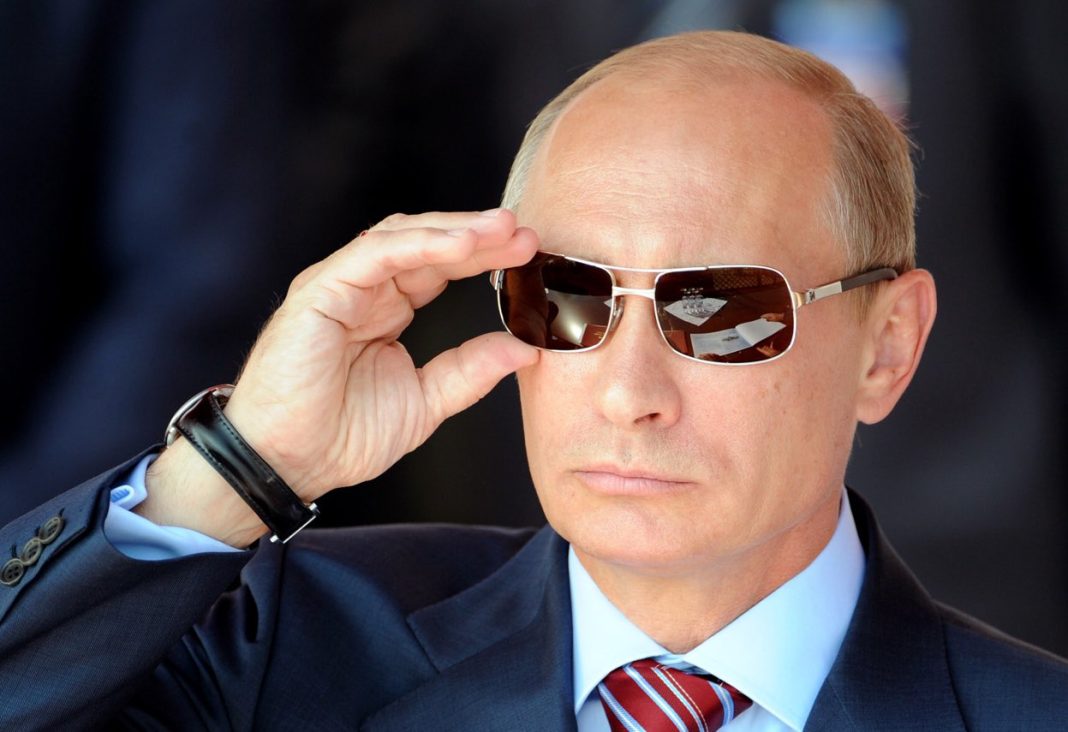Is the Easter ceasefire declared by Vladimir Putin a true gesture of peace or a calculated strategic maneuver? For Ukrainian President Volodymyr Zelensky, the answer is clear: the truce is a trap set by Russia.
According to the Ukrainian side, despite Moscow’s announcement of a 30-hour ceasefire during the Easter holidays, Russian forces have continued their offensive operations. Ukrainian reports already cite 59 artillery strikes and five separate assaults along the front line.
Zelensky argues that Russia is using the truce to create a false impression of peace while exploiting the pause to advance tactically and inflict further losses on Ukrainian forces. In response to these provocations, Kyiv says it has no choice but to retaliate in order to defend its territory.
Still, despite what appears to be bad faith on Russia’s part, the Ukrainian president is not entirely closing the door on a peaceful resolution. He has proposed extending the ceasefire by an additional 30 days in a genuine attempt to create space for peace talks. This initiative, however, has been met with deep skepticism from residents of Kharkiv, who say they cannot trust Vladimir Putin. “It’s absurd—he’s manipulating us, constantly lying. He mocks the Ukrainian people and our children. His only goal is to see us give up,” they said unanimously.
The tensions surrounding the ceasefire come as international pressure—particularly from the United States—mounts on both countries. Washington has even threatened to pull out of the peace talks entirely if a ceasefire agreement is not reached soon. Amid this uncertainty, there was at least one positive sign on Saturday: a prisoner exchange facilitated by the United Arab Emirates allowed 246 soldiers from each side to return to their respective countries.


